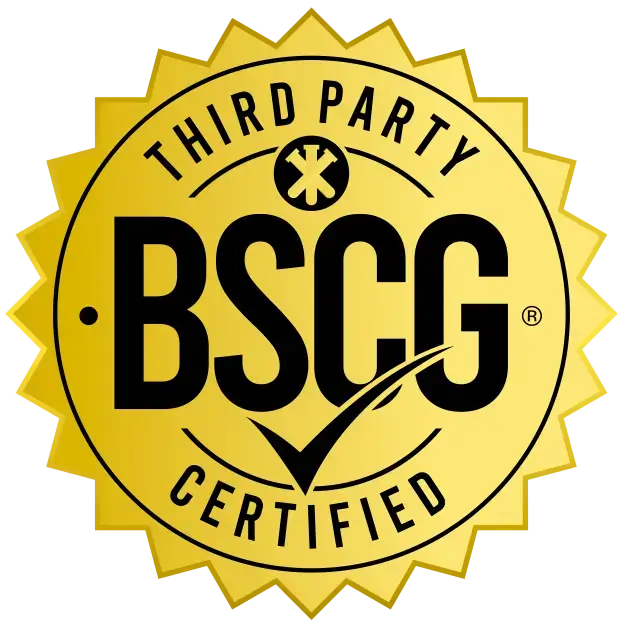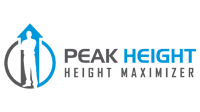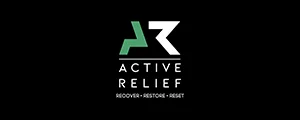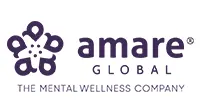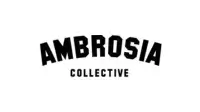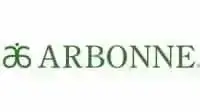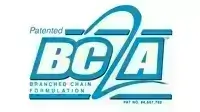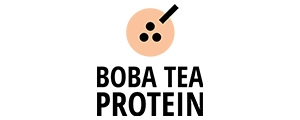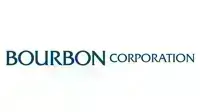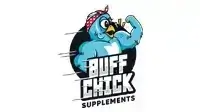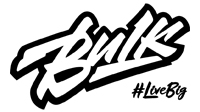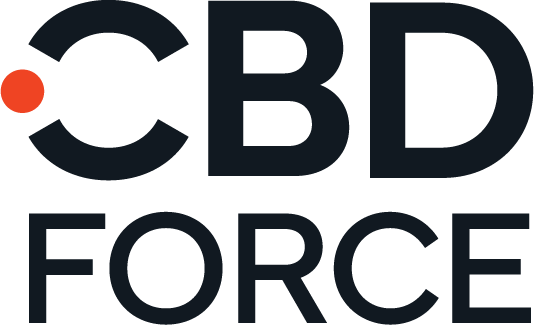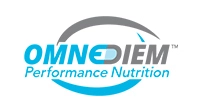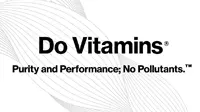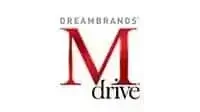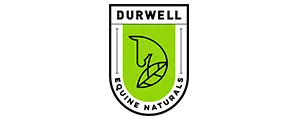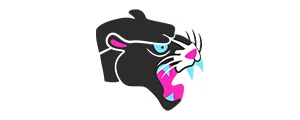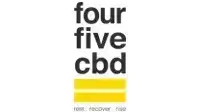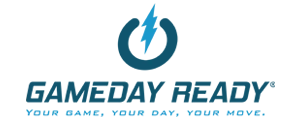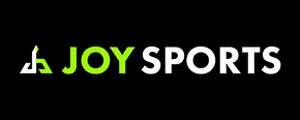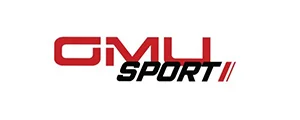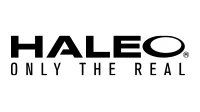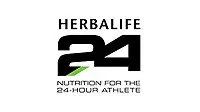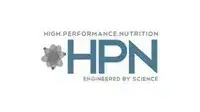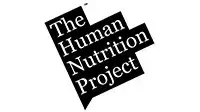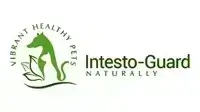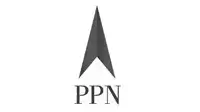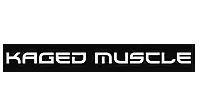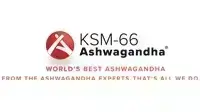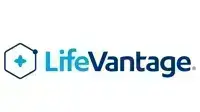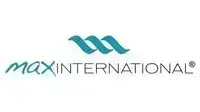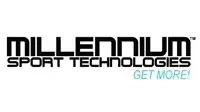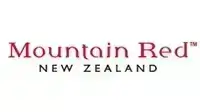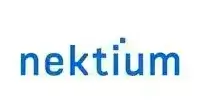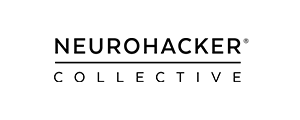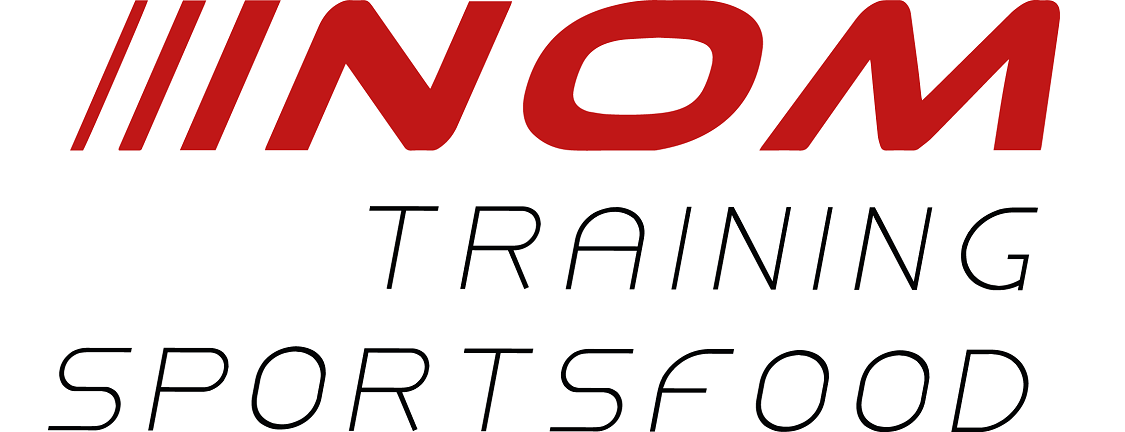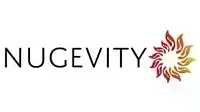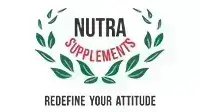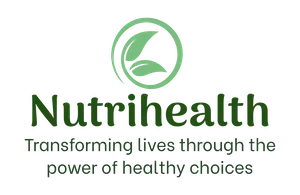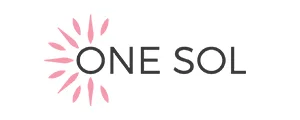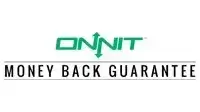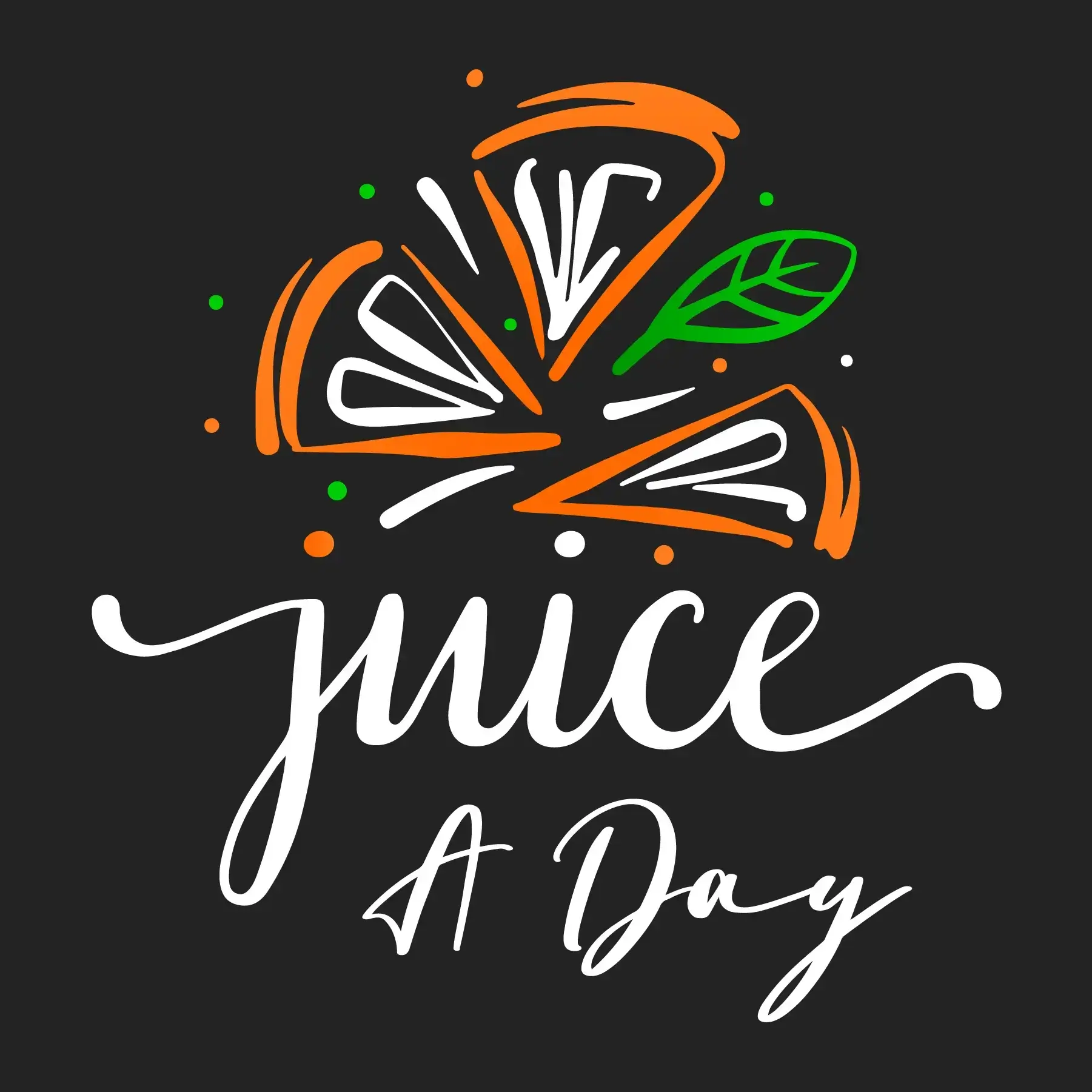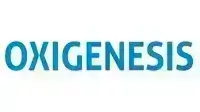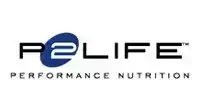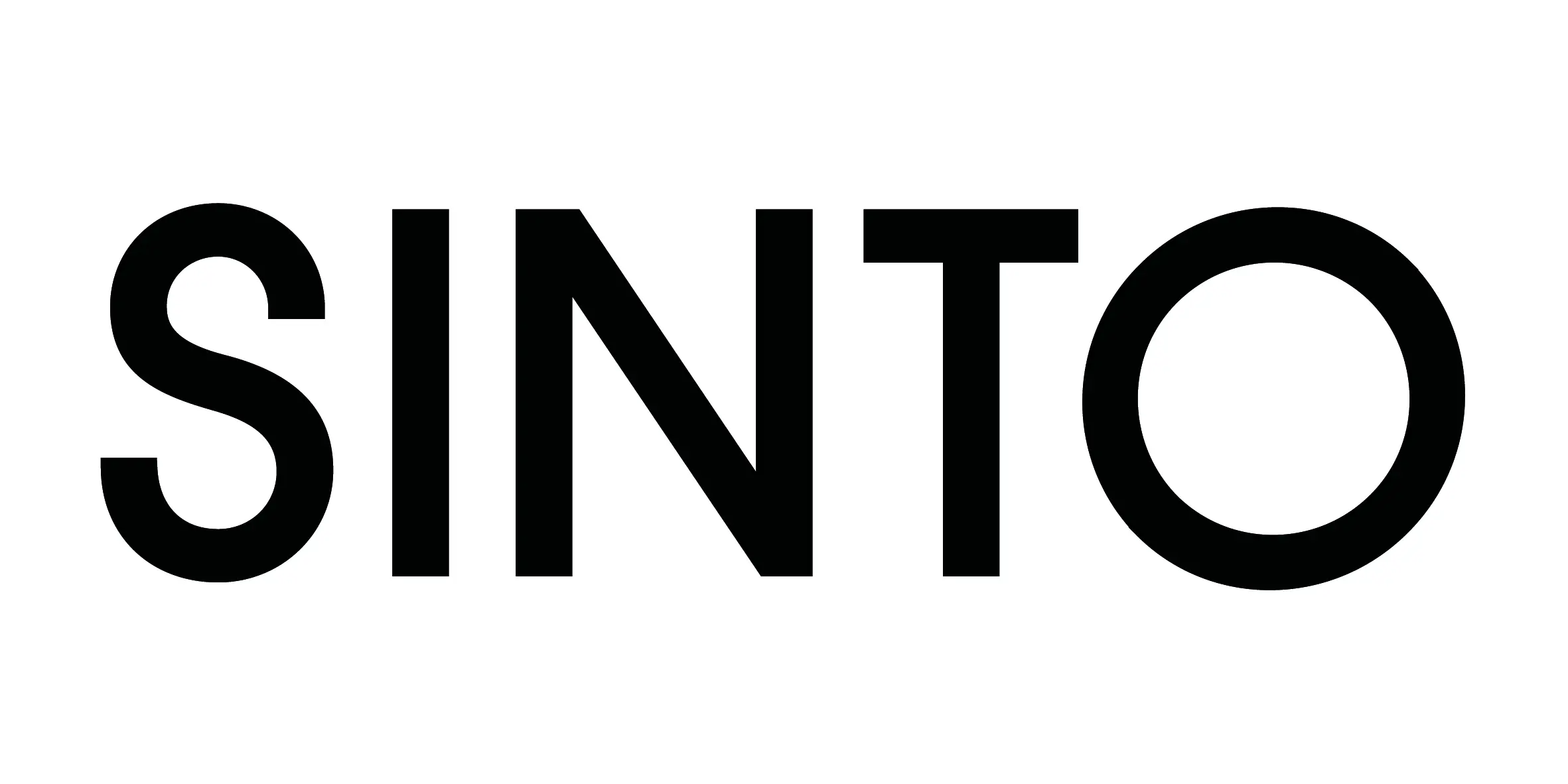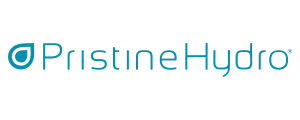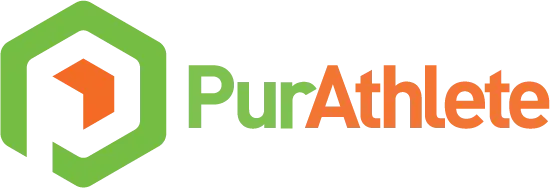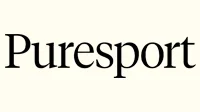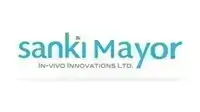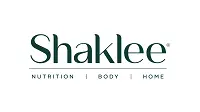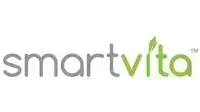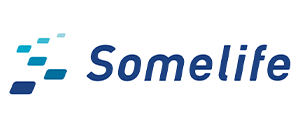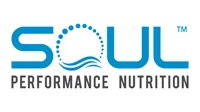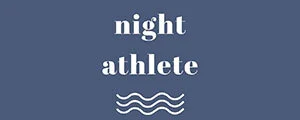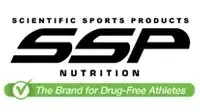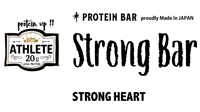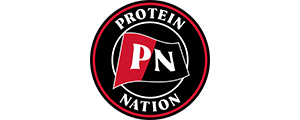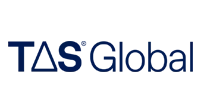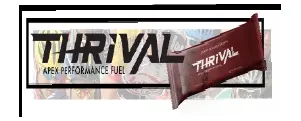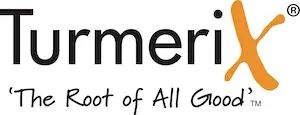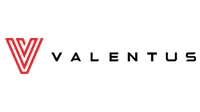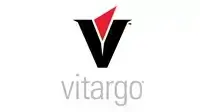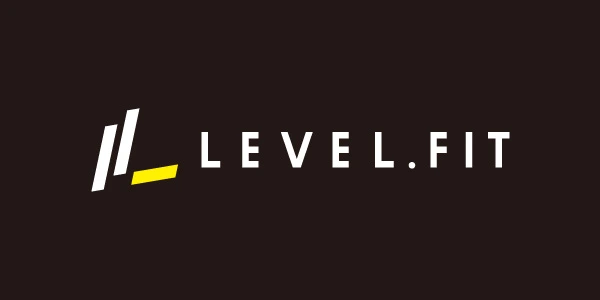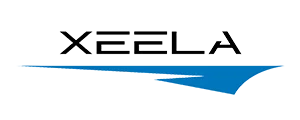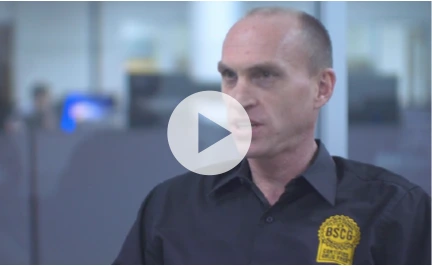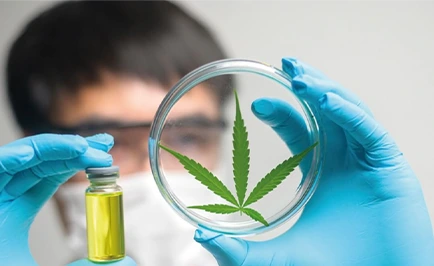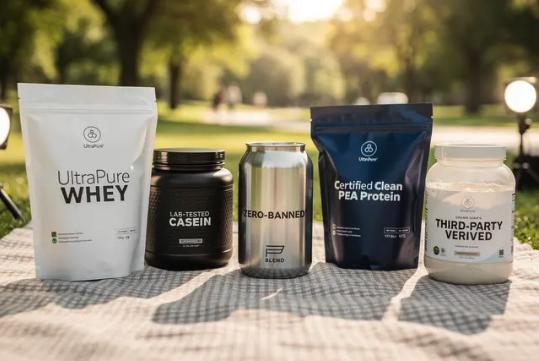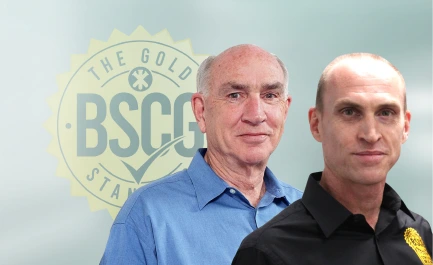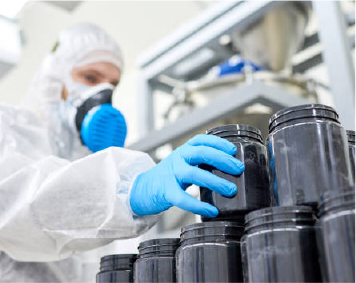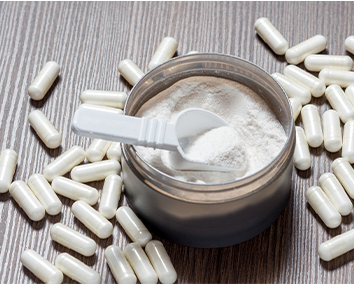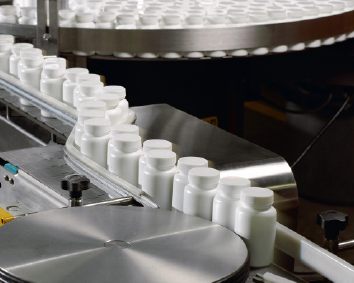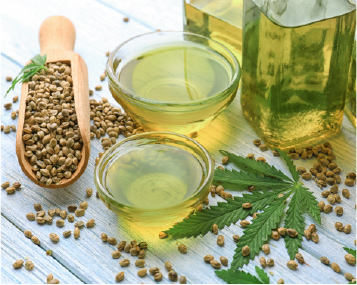Third-Party Certification for Banned Substances - Program Comparison
Key Elements of Third-Party Certification for Banned Substances
Third-party certification for banned substances is vital for athletes, military service members, first responders and others subject to strict drug testing as the presence of hidden drugs can lead to positive drug tests and destroy careers. But let’s be honest, nobody wants hidden drugs to be in their supplements. In fact, third party certification offers much more than banned substance protection. To understand how the protection applies to you it is important to evaluate key elements. Differences in testing frequency, testing menu, reporting levels and process, and transparency in program details and database listings can lead to significant differences in the protection each program offers. We explain what to look for in third-party certification for banned substances in sport in the comparison chart and discussion below, which reviews BSCG Certified Drug Free vs NSF Certified for Sport® vs Informed Sport / Informed Choice vs HASTA vs Cologne List. A pdf is available through the following link: Comparison Chart – Third Party Banned Substances Certification Programs
A Comparison Chart of Key Elements in Third-Party Certification for Banned Substances
BSCG® Certified Drug Free vs NSF Certified for Sport® vs Informed Sport / Informed Choice vs HASTA™ (Human and Supplement Testing Australia) vs Cologne List® (Kolner List)
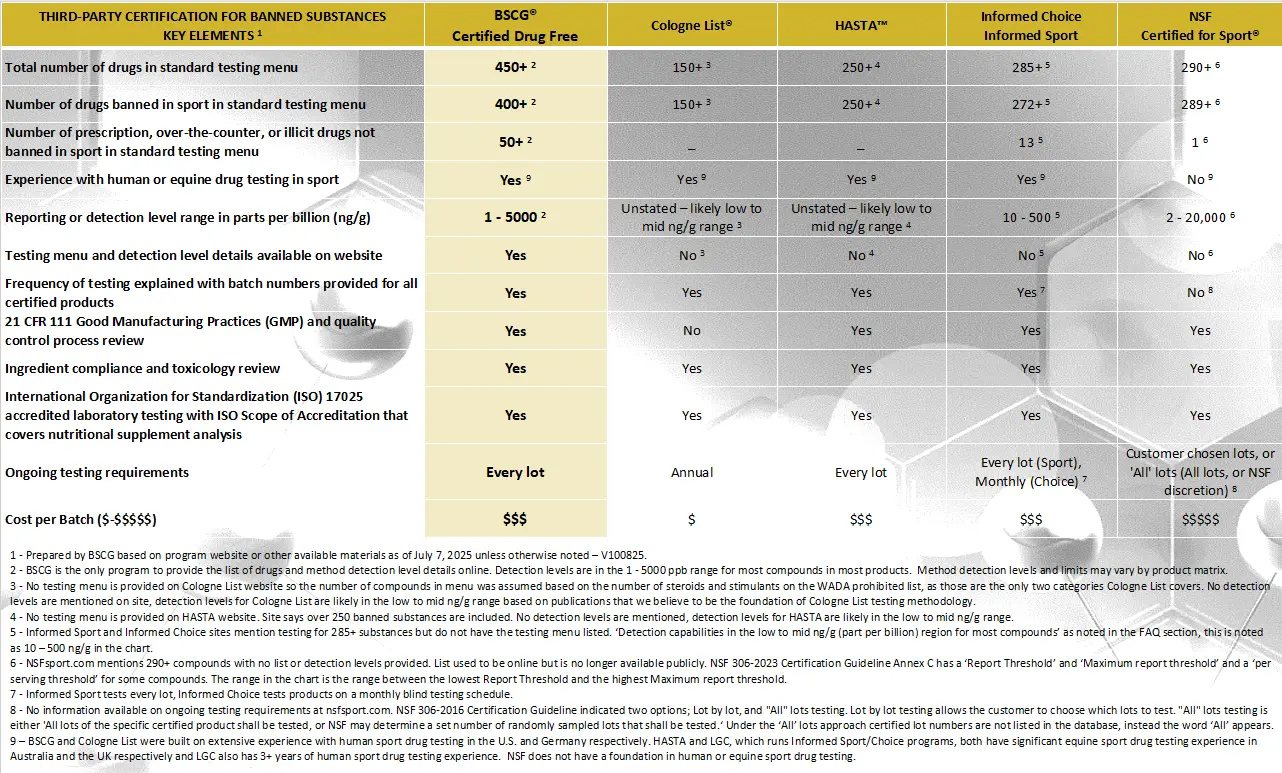
What is Important to Consider in Third Party Certification for Banned Substances
The list of banned substances is vital. If this is not disclosed you should ask why not. In general, the more drugs included in the testing the broader the protection. BSCG covers an industry leading 450+ drugs, including more than 400 on the WADA Prohibited List. No other leading provider covers more than 300. The BSCG testing menu also covers more than 50 prescription, OTC or illicit drugs like muscle relaxers, PDE5 inhibitors and other drugs the FDA has found when testing for contaminated supplements. The list includes all of the drugs Amazon now requires in sport nutrition, weight loss, joint health, and sexual enhancement categories of supplements.
Testing should meet internationally accepted quality standards for analytical testing laboratories. Testing should be performed in International Organization for Standardization (ISO 17025) accredited laboratories using methods that are included in the scope of accreditation and have been validated for dietary supplements and related products. This helps ensure the analytical testing meets international standards and has been validated to perform at levels required to protect against inadvertent doping.
Understanding batch testing frequency and verifying that a batch has been certified is key. Frequency of testing is one of the most important components of third party certification for banned substances as it tells you if the protection applies to the individual lot in your hand. Make sure to ask for the sampling scheme used in any third party certification program. Always verify the lot number stamped on your package has been certified by looking it up in the program database. Not all programs test every lot.
Detection levels should generally be in the low parts per billion range (ng/g) to be able to find trace amounts of substances that could lead to positive drug tests for athletes or other drug-tested professionals. Some providers have a maximum allowable level per serving thresholds for performance enhancing drugs. This is inherently risky and should only be used in certain circumstances where scientifically justified. BSCG is the only certification provider that provides the testing menu, expected detection levels, and reporting levels publicly on the website providing full transparency.
A strong initial audit process is the foundation of good third-party dietary supplement certification. The initial audit process should include a 21 CFR 111 Current Good Manufacturing Practice in Dietary Supplements (GMP) compliance assessment or consideration of other regional or product specific requirements. Elements included in the initial audit process at BSCG include supplier qualification process, raw material and finished product quality control, label claim and contaminant testing, adverse event reporting, recall procedures and other vital elements of the quality control and manufacturing process.
A toxicology and compliance assessment of ingredients should be the starting point of any third-party certification to ensure certified items don’t contain any banned substances, use legal and legitimate ingredients, and don’t exceed generally acceptable levels for certain substances like caffeine.
Transparency is the cornerstone to third-party certification. Key elements should be clearly outlined so athletes, military service members, first responders, and other consumers know what they are getting. Hidden details can create holes that banned substances can slip through. Transparency builds trust.
No program is a 100% guarantee that a product is free of banned substances. Evaluating the key elements outlined here can help you determine the level of protection offered in each program. The comparison chart here on third-party certification for banned substances is updated regularly.
We welcome any questions or feedback!

